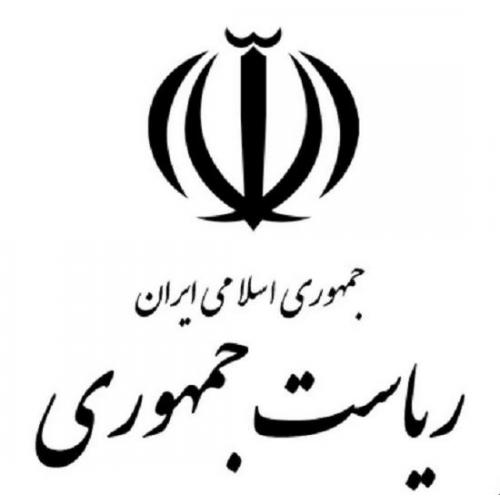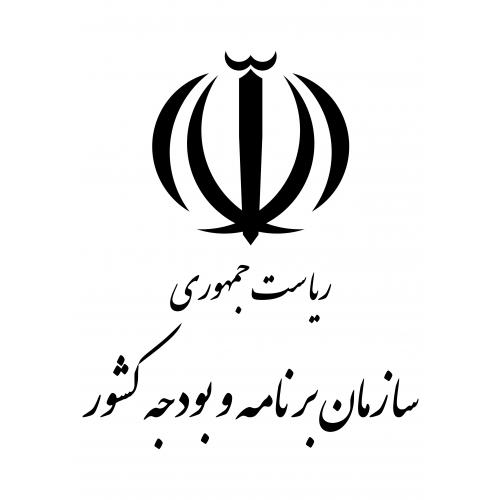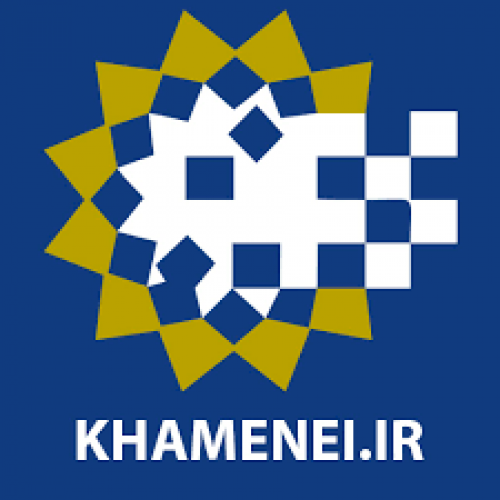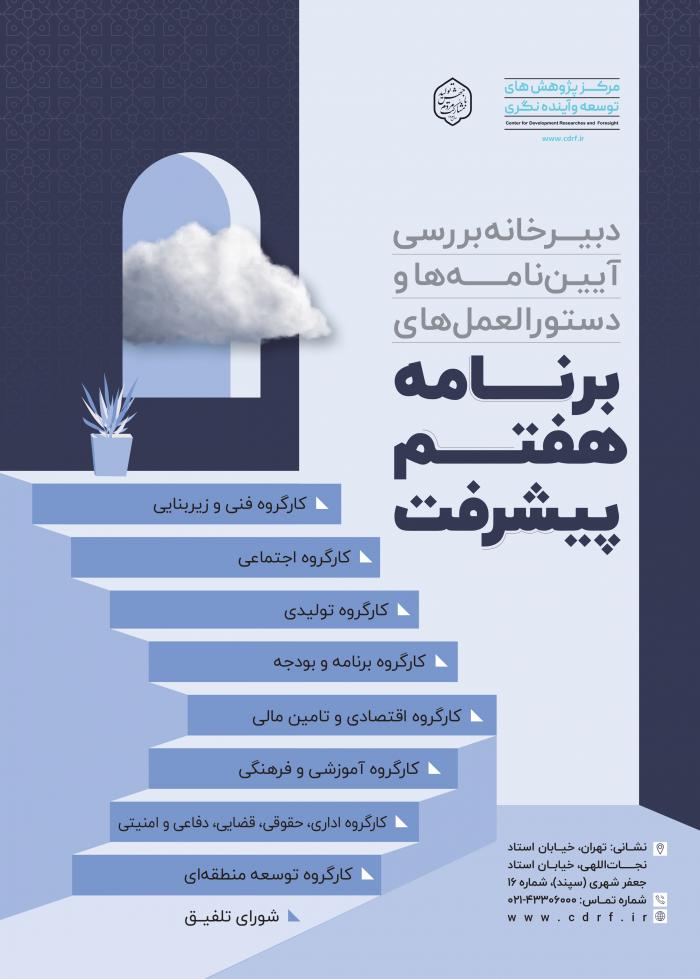
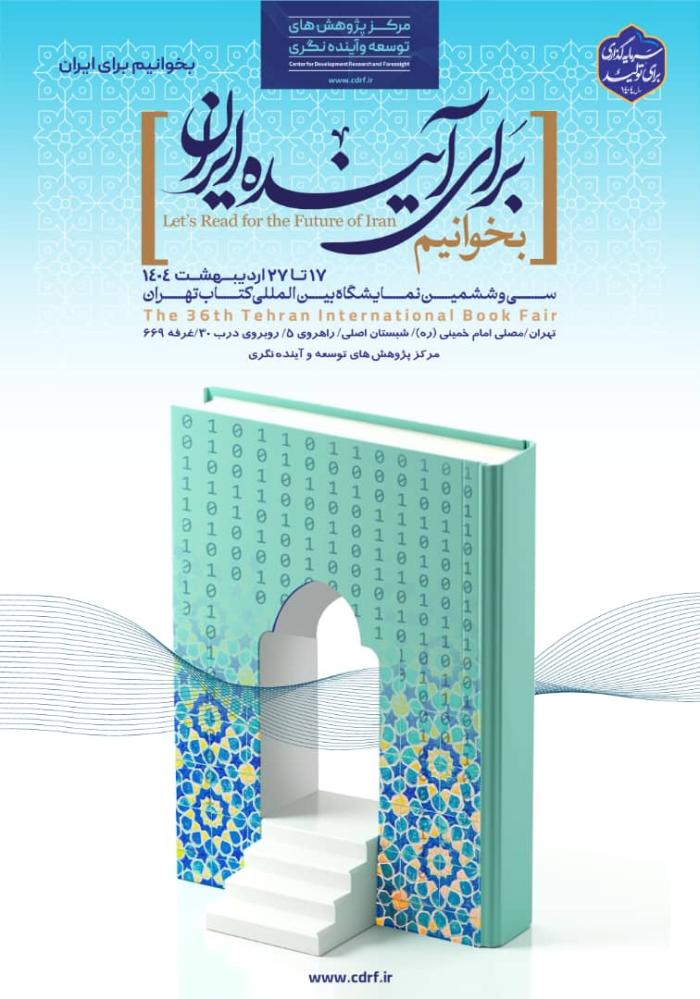
-
بررسی آییننامهها و دستورالعملهای برنامه هفتم پیشرفت
-
بررسی عوامل موثر بر افزایش تصادفات و تلفات جادهای و سوانح رانندگی و دادهکاوی تلفات انسانی
-
سازماندهی و بازآرایی فضایی آموزش عالی کشور
-
به روز رسانی سند ملی آمایش سرزمین
-
انجام مطالعات مناطق آزاد به عنوان نواحی پیشران اقتصادی کشور
-
اصلاح ساختار بودجه و پیاده سازی نظام یکپارچه مدیریت اطلاعات مالی دولت (IFMIS)
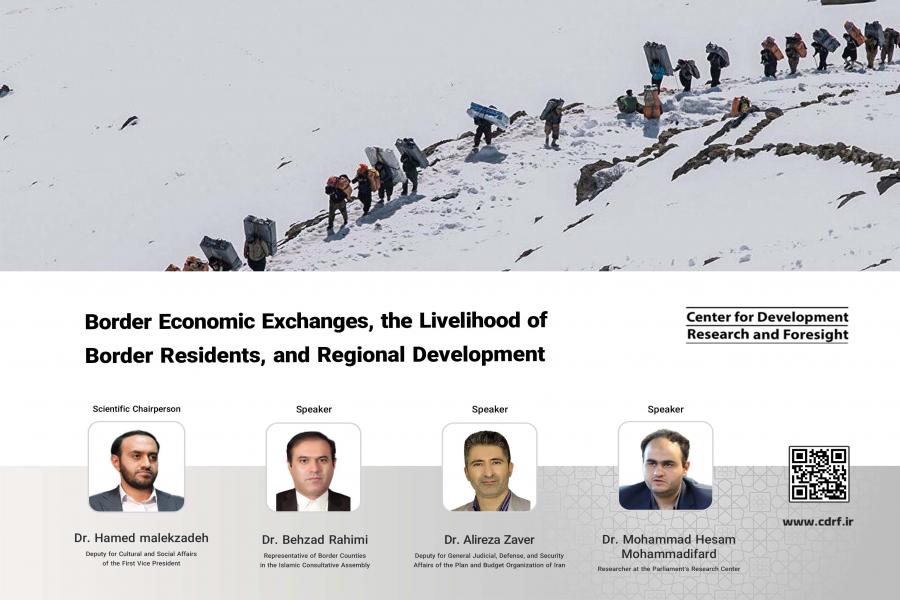
The government of Islamic Republic of Iran has long recognized the importance of harnessing the capabilities of the public sector to align with its strategic objectives. To effectively achieve this decentralization, local governance structures must be activated and integrated within the broader framework of national governance. A clear model and procedure for aligning various institutions under local and central governance is crucial for facilitating border economic exchanges. Addressing the existing challenges faced by border residents and leveraging the potential benefits of neighborhood relations require a comprehensive approach that transcends mere confrontation and intervention. Only through a well-defined model of cooperation and collaboration can the existing laws and plans be effectively implemented to improve the livelihoods of border communities and foster regional prosperity.
Drawing upon the perspectives of the conference's scientific director and speakers, the following points has been propounded:
- Leveraging micro and neighbor-centric exports presents a promising opportunity to enhance the livelihoods of border residents.
- Enacting the draft law "Organizing and Supervising Border Trade and Sustainable Employment of Border Residents" can streamline border management practices and eliminate redundant plans and projects.
- Formalizing trade through border markets in rural and border areas can significantly impact the well-being of border communities.
- Addressing the lack of sufficient capital and expertise among indigenous people and local stakeholders is crucial to enable their meaningful participation in border trade activities. Providing training in modern trading methods can effectively address this challenge.
- Extracting experiential lessons from countries with parallel border management strategies can serve as a valuable guide for policy formulation in Iran.
- Activating the tourism potential of border areas and establishing commodity exhibitions, information systems, and marketing campaigns can enhance legal border interactions and strengthen the communicative function of borders.
- Planning for the development of small and medium-sized industries in border areas, taking into account the availability of young labor, can provide economic opportunities and improve living standards.
- The Ministry of Foreign Affairs should engage in regional diplomacy to attract investments towards border markets that offer the most bilateral benefits and efficiency.
- Support initiatives in border areas should be carefully targeted to maximize their impact on the livelihoods of border residents.
- A clear model and pathway for trade, based on trade corridors, should be established. Development models should be clearly defined before implementing trade exemptions.
- Border management plans should consider the reciprocal effects of development and security in border areas.
- Recognizing the unique characteristics of borders in different regions of Iran (northern, southern, eastern, and western), tailored management approaches should be implemented to address their specific needs.

